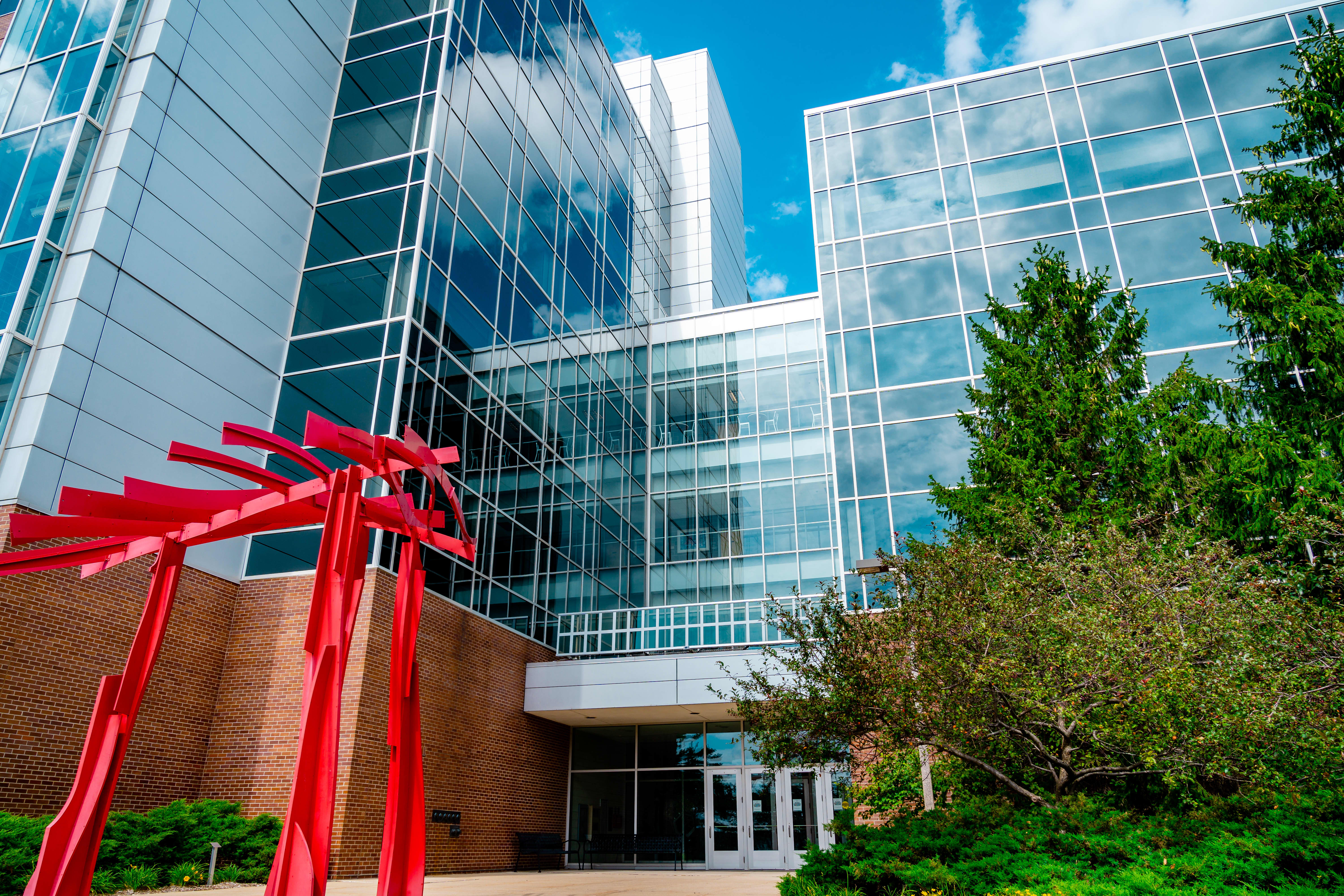Products You May Like
A material science start-up, Ubiquitous Energy, is raising tens of millions of dollars to turn windows into surfaces that capture solar energy. The California start-up announced on Tuesday it closed a $30 million funding round, including an investment from consumer window and door manufacturing giant Andersen Corporation, bringing its total funding raised to $70 million.
Ubiquitous makes a coating for windows that uses semiconducting materials to convert sunlight into electricity. The coating is just nanometers thick and tiny wires connect the solar window to electrical systems where the energy is used
The pre-revenue company will use the most recent funding to do manufacturing research and development work, CEO Susan Stone told CNBC. Ubiquitous aims to be producing at scale by early 2024, Stone said.
When they get there, “we’ll be able to make floor to ceiling glass,” Stone said. “We can turn skyscrapers into vertical solar farms.”
Ubiquitous is also targeting the home residential market, which makes the Anderson investment particularly strategic. Anderson is a private company and doesn’t disclose its financials, but did tell CNBC it had revenues exceeding $3 billion in 2021.
Anderson was particularly impressed with Ubiquitous because its solar film is clear and unobtrusively integrated into the window frame.
“While there are competing solar window technologies under development, most have tradeoffs in transparency, color, viewing area obstruction, haze, or energy efficiency, making it challenging for consumers to accept them as alternatives to standard windows,” wrote Prabhakar (KP) Karri and Karl Halling, who led the company’s investment in a response to CNBC’s query.
Stone knows that this transparency is key to success.
“They have to look indistinguishable from traditional windows, or we won’t see mass deployment,” said Stone. “Aesthetics is our guiding light.”
30% more expensive than regular window glass
The $30 million raise is a bridge to get the company ready to manufacture after more than a decade of work. Ubiquitous was founded in 2011 and its technology was born out of work done by scientists and engineers at Massachusetts Institute of Technology and Michigan State University.
Since then, more investors and consumers have come to believe that addressing climate change is an urgent priority. Ubiquitous and its investors are relying on this sense of urgency to spur demand for its product despite its higher cost — the solar-electricity window panels are projected to be about 30% more expensive than regular glass that goes into windows once production gets to scale, Stone told CNBC.
The solar glass is also less efficient than traditional solar panels, which operate at a maximum of 22% efficiency — a measurement of the amount of sunlight that falls on the surface of a solar panel and is converted into electricity.
Ubiquitous has a window in its research and development pipeline that will offer about 10% efficiency, or “about half of conventional solar,” Stone said, but its theoretical maximums are about two-thirds the potential efficiency of regular solar panels.
Part of that lower efficiency is just because windows are vertical, while solar panels lay horizontally, allowing them to collect more direct sunlight.
“But we enable a surface that wasn’t generating power already to generate electricity,” Stone said. “The glass has always been passive, and we’re making it active here.”
By 2050, Ubiquitous hopes to have one billion square feet of its window glass installed globally.
That’s an ambitious goal, and Stone is clear-eyed about the challenges ahead.
“The things that keep me up at night are things like, ‘Can we meet our production timeline?’ ‘Will we find that the that exact right manufacturing location that allows us to break ground on our timeframe when we want to? Will that ramp to production go as smoothly as we think it will?'”
While Stone is focused on executing architectural glass right now, that’s only step one of the longer-term vision.
“We have amazing applications in all kinds of industries, like consumer electronics, like automobiles, and even agriculture,” Stone said. “So we’re not stopping at windows.”
